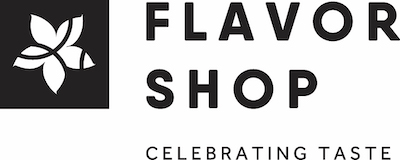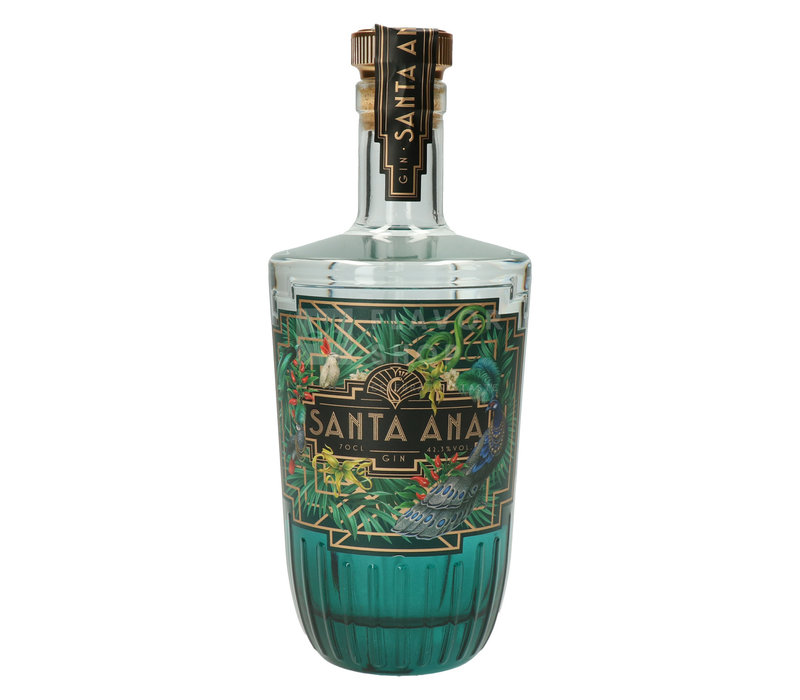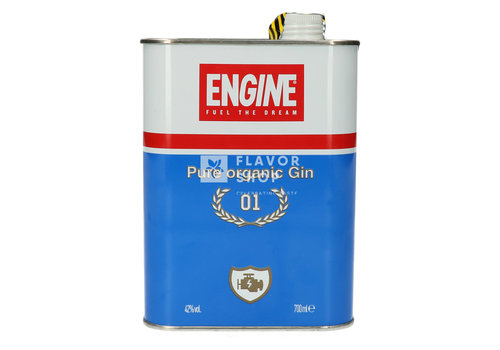- All products are added to your cart.
HOW IT IS MADE
Santa Ana Gin is made by partial vacuum distillation, a technique mastered in the Charente region of France.
This technique makes it possible to extract a concentration of botanical aromas without degradation by heat.
Vacuum distillation extracts the subtlest perfumes and flavors, which become stronger and more complex towards the end of the distillation
It The result of the process is a delicious, fragrant gin in which even the most sensitive botanicals, such as Ylang-Ylang or Kalamansi, are incorporated.
The Filipino 4
Ylang Ylang
The flowers of the Ylang Ylang tree - also called "the perfume tree" - originate from the Philippines and are best known as a signature ingredient in Chanel No. 5. Distilling the flowers results in a pungent yet fleeting scent
Alpinia
Alpinia is a genus of flowering plants in the ginger family, Zingiberaceae. The genus is named after Prospero Alpini, a 17th-century Italian botanist who specialized in exotic plants. The species are native to Asia, Australia and the Pacific Islands, where they occur in tropical and subtropical climates. Alpinia has a spicy balsamic pleasant scent.
Kalamansi
Kalamansi - also known as the Philippine lime - is an economically important citrus hybrid native to the Philippines and widely used in local culinary culture. The remarkable combination of sweet lime zest and tart orange-like notes makes for a delicious tropical fruit juice.
Dalandan
The Dalandan orange is another citrus fruit species native to the Philippines. These oranges are sour and astringent with a hint of sweetness that develops as they ripen, and are great as a neutralizer in spirits and cocktails.
GIN TONIC
Combine this gin with a neutral or floral tonic. As a garnish you can add a juniper berry and some (tropical) flowers such as violets or orchids.
Contents : 70 cl - 42.3% VOL










